Naming.
Written version.
Equanimity is the state of being able to remain non-reactive, calm and undisturbed in the face of emotions, feelings, pain or discomfort.
Being able to call on equanimity, all the time but especially when experiencing symptoms, is GOLD.
As you move away from the belief, that in order to feel better you need to be free of symptoms, being able to sit with them if and when they arise, do their thing and leave, and not feel the need to react, fix or change your experience, is key.
Even better, being able to sit with those experiences and not alert your sympathetic nervous system, become frustrated, agitated or allow that experience to take over, changes the long term impact of your symptoms and your chronic illness as a whole.
Equanimity is like a muscle; the more you engage it, the easier it will be to call on it when you actively need it and when you don’t realise you need it!
Today we’re going to be practicing a tool within equanimity called ‘naming’.
Part of being able to sit with your feelings and experiences in a non-reactive way, is being able to get curious about what they actually are without shutting them down as soon as they surface. It’s about nurturing an environment in which you feel comfortable being present with yourself and your body; a place you’ve wanted to escape on many an occasion.
You don’t need to worry about non-reactivity today, let be what is, without judgement.
Practice.
So for now, it’s time to close your eyes or soften your gaze, and take some steady even breaths to settle, noticing the parts of your body that touch the floor, or whatever you're sitting on.
First I want you to concentrate on the sounds around you. Listen to sounds near and far, and when you hear something, mentally note ‘hear’. Every time there’s a sound, say to yourself ‘hear’. Maybe pick up a rhythm with your breath. Do this for a moment and at this stage, don’t get swept up in any sound too deeply; the point is that you’re noticing it’s there and becoming present.
Next, you’re going to go through the same process with your thoughts. Every time you have a thought, say to yourself ‘think’. Again, don’t get carried away in them, just notice them cycle though your head.
Lastly, you’re going to repeat the process with physical feelings. Noticing sensations, feelings, tingles, twinges, say to yourself ‘feel’. Use the breath to set a rhythm and just stick with this for a few minutes.
OK, now return to your breath, locate the feeling in your fingers, toes and where your body meets the floor or chair, and when you’re ready, blink open your eyes.
